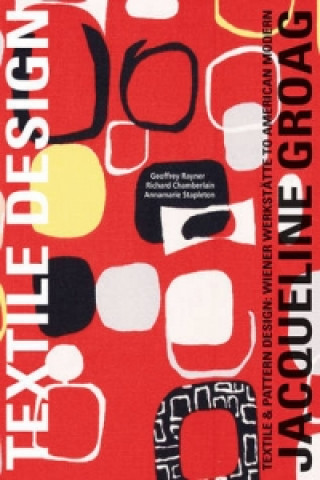
Kód: 04295991
Jacqueline Groag: Textile Designer
Autor Geoff Rayner
Jacqueline Groag was probably the most influential textile designer in Britain in the post Second World War era. Although originally Czech, she studied textile and pattern design in Austria with the Secessionist architect and desi ... celý popis
- Jazyk:
 Angličtina
Angličtina - Vazba: Brožovaná
- Počet stran: 184
Nakladatelství: ACC Art Books, 2009
- Více informací o knize

897 Kč
Dostupnost:
50 % šance Máme informaci, že by titul mohl být dostupný. Na základě vaší objednávky se ho pokusíme do 6 týdnů zajistit.
Máme informaci, že by titul mohl být dostupný. Na základě vaší objednávky se ho pokusíme do 6 týdnů zajistit.Prohledáme celý svět
Mohlo by se vám také líbit
-
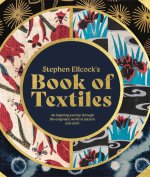
Book of Textiles
732 Kč -

Fashion Patternmaking Techniques for Accessories: Shoes, Bags, Hats, Gloves, Ties, Buttons and Dog Clothing
810 Kč -
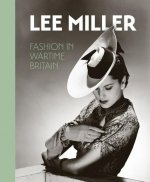
Lee Miller. Fashion in Wartime Britain
1108 Kč -
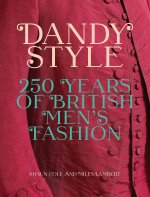
Dandy Style
793 Kč -
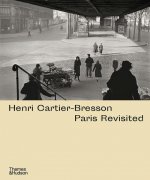
Henri Cartier-Bresson: Paris Revisited
1078 Kč -

Ascher The Mad Silkman
1252 Kč -

Poses for Fashion Illustration (Card Box)
532 Kč -

The Tilda Characters Collection
464 Kč -
![Fashion Patternmaking Techniques - Haute couture [Vol 1] Fashion Patternmaking Techniques - Haute couture [Vol 1]](https://media.libris.to/jacket/12985659t.jpg)
Fashion Patternmaking Techniques - Haute couture [Vol 1]
747 Kč -
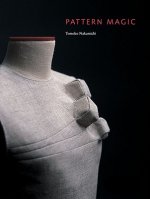
Pattern Magic
544 Kč -
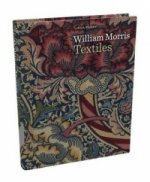
William Morris Textiles
1046 Kč -

Textile Futures
1477 Kč -
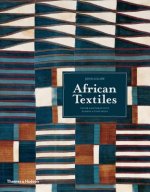
African Textiles
678 Kč -
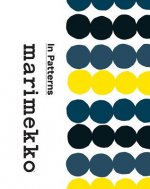
Marimekko: In Patterns
1197 Kč -
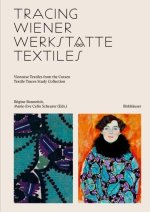
Tracing Wiener Werkstätte Textiles
1361 Kč -
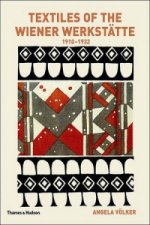
Textiles of the Wiener Werkstatte 1910-1932
839 Kč -
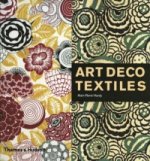
Art Deco Textiles
1167 Kč -

The Book of Change
678 Kč -
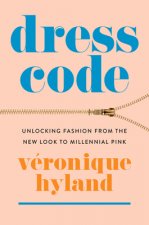
Dress Code
303 Kč -

Children of Dune
230 Kč -

Architectures of Weaving
942 Kč -

Lonely Planet California & Southwest USA's National Parks
357 Kč -

The Fabric of Civilization
398 Kč -

Listening to Clay
1275 Kč -
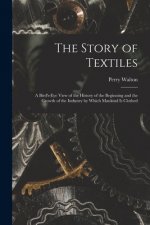
Story of Textiles
716 Kč -
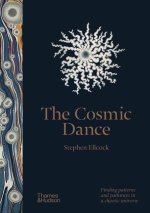
The Cosmic Dance
678 Kč -
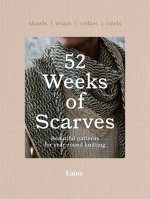
52 Weeks of Scarves
517 Kč -
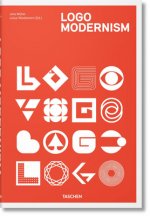
Logo Modernism
1477 Kč -
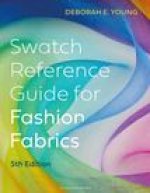
Swatch Reference Guide for Fashion Fabrics
5633 Kč -

Textile Portraits: People and Places in Textile Art
678 Kč -

Margit's Fiber Art: New Directions
390 Kč -
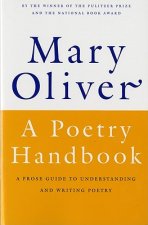
Poetry Handbook
373 Kč -

How to Beat the Sicilian Defence
721 Kč -

Alternatives in Education
891 Kč -
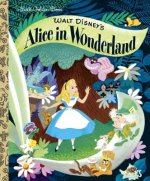
Walt Disney's Alice in Wonderland
174 Kč -
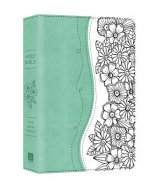
The Personal Reflections KJV Bible
1035 Kč -
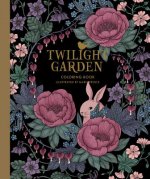
Twilight Garden Coloring Book
369 Kč -
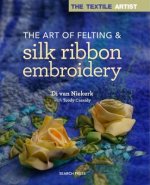
Textile Artist: The Art of Felting & Silk Ribbon Embroidery
490 Kč -

Making of Star Wars
1345 Kč -
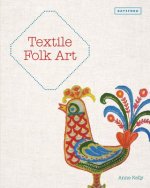
Textile Folk Art
721 Kč -
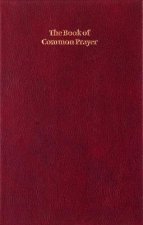
Book of Common Prayer, Enlarged Edition, Burgundy, CP420 701B Burgundy
475 Kč -
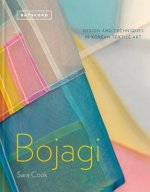
Bojagi - Korean Textile Art
704 Kč -

Hide-and-Seek, Baby Shark! Doo Doo Doo Doo Doo Doo
205 Kč -

NIV Larger Print Soft-tone Bible
1007 Kč -
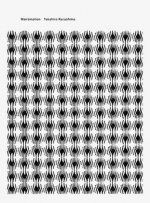
Moiremotion
748 Kč -

Secret History
187 Kč -

Lost Metal
343 Kč -
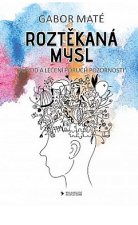
Roztěkaná mysl
583 Kč -
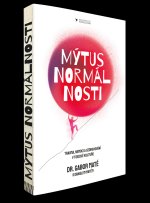
Mýtus normálnosti
796 Kč
Darujte tuto knihu ještě dnes
- Objednejte knihu a zvolte Zaslat jako dárek.
- Obratem obdržíte darovací poukaz na knihu, který můžete ihned předat obdarovanému.
- Knihu zašleme na adresu obdarovaného, o nic se nestaráte.
Informovat o naskladnění knihy
Zadejte do formuláře e-mailovou adresu a jakmile knihu naskladníme, zašleme vám o tom zprávu. Pohlídáme vše za vás.
Více informací o knize Jacqueline Groag: Textile Designer
Nákupem získáte 90 bodů
 Anotace knihy
Anotace knihy
Jacqueline Groag was probably the most influential textile designer in Britain in the post Second World War era. Although originally Czech, she studied textile and pattern design in Austria with the Secessionist architect and designer Josef Hoffmann, in the 1920s. During the late twenties and early thirties she designed textiles for the Wiener Werkstatte in Vienna and subsequently designed and produced unique hand printed lengths of fabrics for many of the leading Parisian fashion houses, including Chanel, Lanvin, Worth, Schiaparelli and Paul Poiret. She was awarded a gold medal for textile design at the Milan Triennale in 1933 and another gold medal for printed textiles at the Paris World Fair in 1937. Jacqueline was not only a serious and highly respected contender in the field of textile and pattern design but, with her husband, the Modernist architect Jacques Groag, was also deeply immersed in the intellectual life of Vienna. In 1938, the sophisticated world of Jacques and Jacqueline was brutally shattered when the Anschluss, the political unification of Austria and Germany, occurred and the German army entered Vienna. Faced with the actuality of the Nazi terror the Groags, who were Jewish, fled to Czechoslovakia and their home city of Prague. After a brief respite in Prague they were once more forced to flee in 1939, this time to London. On their arrival in England they were welcomed and championed by leading members of the British design fraternity, amongst whom were Sir Gordon Russell, the doyen of British architects Sir Charles Reilly and Jack Pritchard, founder of the modernist design company, Isokon. From 1940 until her death in 1986, Jacqueline had a long and successful career. Much of the Contemporary style of the textiles and wallpapers shown at the 1951 Festival of Britain were heavily indebted to her influential designs of the 1940s. Many examples of her work were featured prominently at the Festival and from then on she became a major influence on pattern design internationally. She developed a large client group in the United States during the fifties and sixties, amongst whom were Associated American Artists, Hallmark Cards and American Greetings Ohio. In the later 1950s and throughout the 1960s, she became increasingly involved with Sir Misha Black and the Design Research Unit (D.R. U.), working on the interiors for boats and planes and trains, particularly the design of textiles and plastic laminates for BOAC and British Rail. One of her last commissions from Misha Black, in the mid-seventies was a distinctive moquette for London Transport, for seating on both buses and tube trains. Her work and influence did not just extend to the large corporations and exclusive couturiers but was familiar to the general public through stores and companies such as John Lewis, Liberty of London, David Whitehead, Edinburgh Weavers, Sandersons, Warerite and Formica. Her remarkable achievement finally received public recognition in 1984 when, at the age of 81, she was made an R.D.I. - a Royal Designer for Industry - the ultimate accolade for any designer in Britain. It had been a long time coming, during which she had determinedly overcome anti-semitism, rampant misogyny and xenophobia. She died in London in 1986 at the age of 83.
 Parametry knihy
Parametry knihy
Zařazení knihy Knihy v angličtině The arts Industrial / commercial art & design Fashion & textiles: design
897 Kč
- Plný název: Jacqueline Groag: Textile Designer
- Autor: Geoff Rayner
- Jazyk:
 Angličtina
Angličtina - Vazba: Brožovaná
- Počet stran: 184
- EAN: 9781851495900
- ISBN: 1851495908
- ID: 04295991
- Nakladatelství: ACC Art Books
- Hmotnost: 1102 g
- Rozměry: 268 × 217 × 18 mm
- Datum vydání: 01. October 2009
Oblíbené z jiného soudku
-
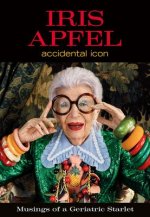
Iris Apfel
678 Kč -
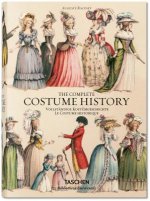
Auguste Racinet. The Costume History
480 Kč -
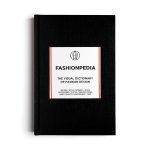
Fashionpedia
985 Kč -

Pattern Magic 2
544 Kč -
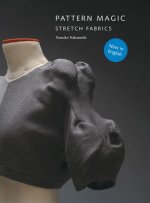
Pattern Magic
544 Kč -
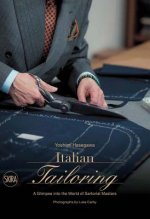
Italian Tailoring
971 Kč -
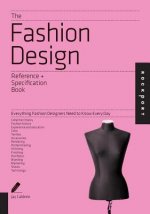
Fashion Design Reference & Specification Book
575 Kč -
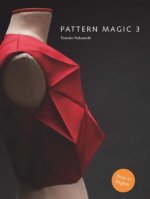
Pattern Magic 3
544 Kč -
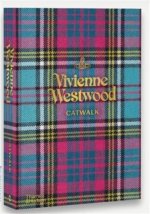
Vivienne Westwood Catwalk
1822 Kč -
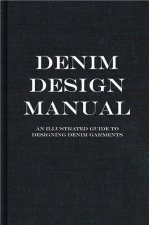
Denim Manual
797 Kč -

19th-Century Fashion in Detail (Victoria and Albert Museum)
678 Kč -

Book of Pockets
1311 Kč -

Finishers' Manual - Containing the Receipts of an Expert for Finishing the Bottoms of Boots and Shoe, as Well as Other Valuable Information
519 Kč -

Sneakers
543 Kč -
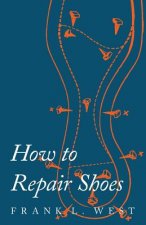
How to Repair Shoes
520 Kč -

Home Book to Learn Expert Shoe Repairing
353 Kč -
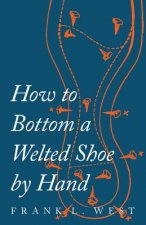
How to Bottom a Welted Shoe by Hand
520 Kč -
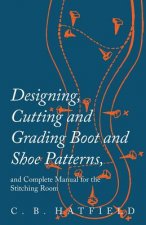
Designing, Cutting and Grading Boot and Shoe Patterns, and Complete Manual for the Stitching Room
650 Kč -

World of Anna Sui
917 Kč -

Art of Dressing Curves
1197 Kč -

Chanel Catwalk
1612 Kč -

Sneaker Freaker. The Ultimate Sneaker Book
1234 Kč -

Little Guides to Style
1395 Kč -

Patternmaking for Fashion Design
2063 Kč -
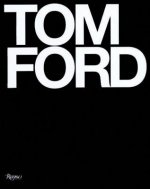
Tom Ford
2501 Kč -
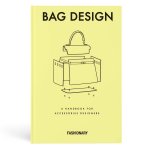
Fashionary Bag Design
771 Kč -
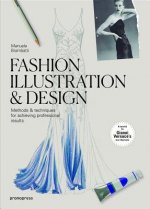
Fashion Illustration and Design
677 Kč -
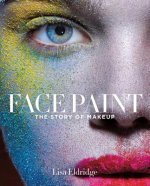
Face Paint
597 Kč -
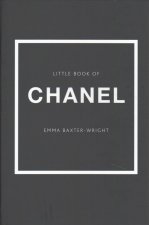
Little Book of Chanel
353 Kč -

Supreme
1058 Kč -

Dior Catwalk : The Complete Collections
1612 Kč -

It
347 Kč -

Hermes pop-up
611 Kč -

For the Love of Bags
940 Kč -

Chanel
762 Kč -
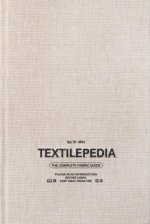
Textilepedia
851 Kč -
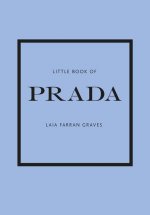
Little Book of Prada
352 Kč -
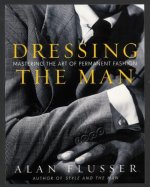
Dressing the Man
945 Kč -
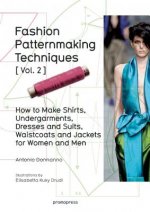
Fashion Patternmaking Techniques: Women/Men How to Make Shirts, Undergarments, Dresses and Suits, Waistcoats, Men's Jackets
747 Kč -
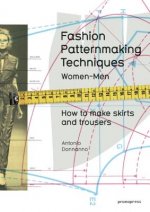
Fashion Patternmaking Techniques
699 Kč -

Italian Gentleman
770 Kč -
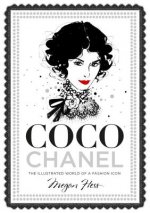
Coco Chanel
464 Kč -

Fashion Business Manual
851 Kč -

Postcards from Vogue
463 Kč -
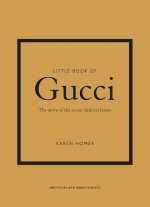
Little Book of Gucci
354 Kč -
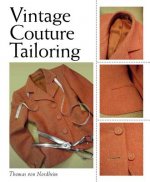
Vintage Couture Tailoring
751 Kč -

Martin Margiela
1432 Kč -
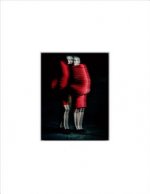
Rei Kawakubo/Comme des Garcons
1118 Kč -

Medieval Tailor's Assistant
1108 Kč
Osobní odběr Praha, Brno a 12903 dalších
Copyright ©2008-24 nejlevnejsi-knihy.cz Všechna práva vyhrazenaSoukromíCookies


 Vrácení do měsíce
Vrácení do měsíce 571 999 099 (8-15.30h)
571 999 099 (8-15.30h)